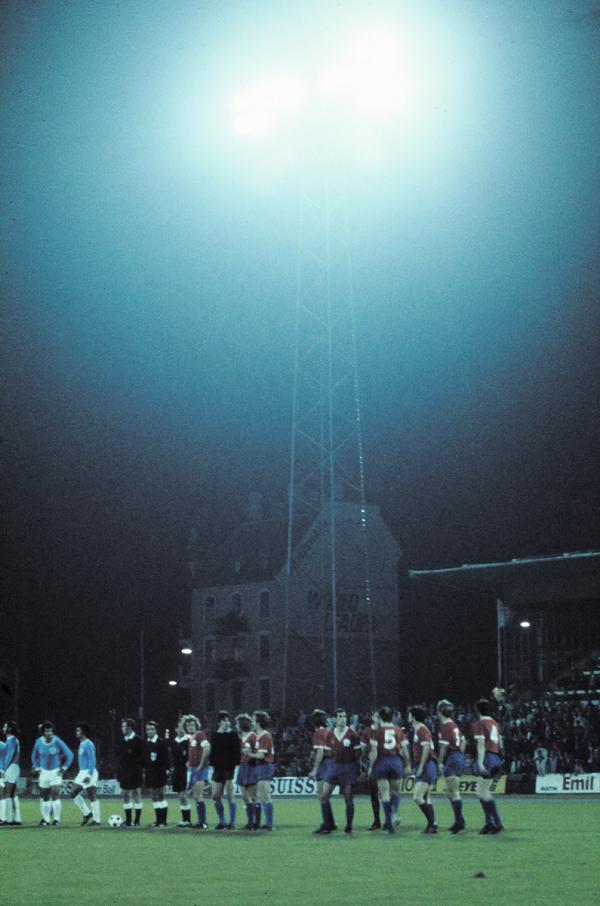The Great Interior II - Albis Arena
The Great Interior II
Albis Arena

“Ecological awareness is just another name for context explosion.”
"we simply can’t be on the outside looking in"
Being Ecological, 2018, Timothy Morton
Far from being banal, mono-functional spaces away from the richness of metropolitan culture, the edge of cities are vital and multi-layered territories where work, leisure and sport are integrated in productive and ecological landscapes that have a great deal to offer contemporary life. The diversity of architectural types and landscapes documented in the Friesenberg Atlas could be seen as attempt to describe the nature of place. The design for Vereins made last semester have also demonstrated how small community organisations live together, interconnected with infrastructures, diverse topographies and ecologies to create a natural territory. And how even the smallest interventions can transform an ecosystem. Adjustments to walking patterns, to enclosures and openings on the surface change everything below or besides. Reimagining former architectures can create new things from the ends of others. It is a big space and a small space. Like the Eames’ The Powers of Ten, it is logarithmic, oscillating between the miniscule and the epic. Drawing the Atlas led the way with lines that literally describe the walk through the city, the blade of grass points to the lie of the land. Most of all, the Atlas and Verein have shown, far from being amorphous spaces, powerful spatial structures can bring beauty, biodiversity and human action into what can be seen as The Great Interior. This semester, we shall explore how larger structures bring another social, material and spatial disciplines to these edge spaces. We shall design an arena, a public building for performing and watching sport (and perhaps more). With origins as landscape structures in ancient times, arenas are typically defined by ground; dug in, cut and sculpted earth and stone. Then they rose out of the ground as pure-structure never fully enclosed. We will look for how structure and materiality can be the conceptual and technical engine of architectural design.
We shall frame the design process in terms of the complex and very much contested field of energy. What is embodied energy? It concerns the body of course, the athlete and the human physicality the arena celebrates. But it also concerns the urgent field weighing and measuring our resources as we attempt to recast our use of resources. It concerns design. The body may be analogous to our material world; fragile, weak, requiring extreme care to ensure its health, wellbeing and happiness. But also strong, inventive, resourceful and capable of extraordinary good just as it can inflict untold violences. How are these measured and calculated and what value does it have as our culture runs blindly towards catastrophic climate change? How do we design another great interior?